Vietnam’s four top community-based tourism villages
A Nor Village
A Nor in Thua Thien-Hue is 70 km from Hue, capital of the central province, and 3 km from its A Luoi District. The village, at an altitude of 700 m and mainly inhabited by ethnic Pa Co (or Pa Ko), operates four homestays that can accommodate over 30 guests overnight.
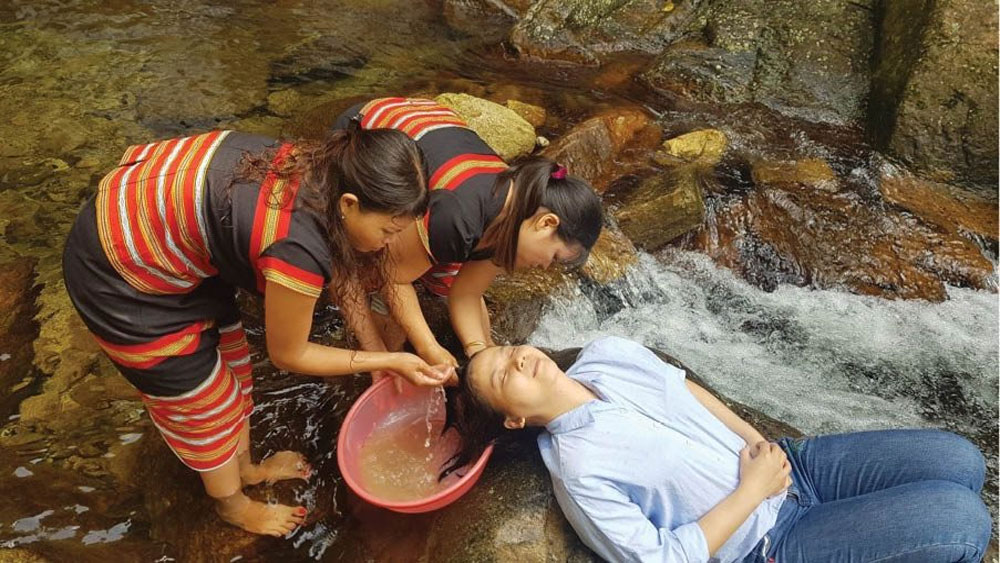
|
Local culture is well preserved in festivals like the three-day, two-night A Rieu (worshipping heaven and earth); A Rieu A Da (new rice festival); and A Rieu Ping (reburying the dead).
At present, a new type of combo service has been introduced to travelers: bathing at A Nor’s three waterfalls, with the highest one at over 120 m, a hair wash, and dental steaming.
Locals pick forest honey locust ("bo ket") and boil them with water to offer guests a hair wash. Guests can also have their teeth whitened with boiled water mixed with leaves called "K Cher", reportedly helping decrease dental decay.
For food, visitors can indulge in "doac" wine, which is so special visitors can drink directly from the tree with the same name and a "quat" (meaning "buffaloes" in Pa Co) cake.
Ta Lang Village
Situated near Ho Chi Minh Highway, Ta Lang Village in Tay Giang District of central Quang Nam Province has managed to preserve its cultural imprint. Travelers can scale the mountains, swim in the river, and make traditional dishes of Co Tu ethnic people in a "Guoi" stilt house.
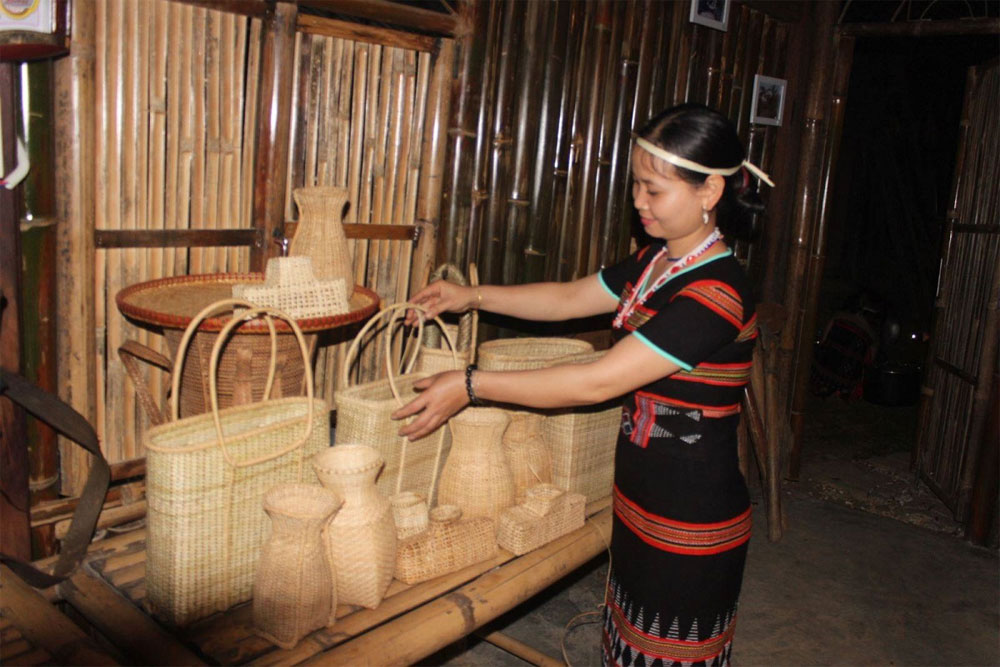
|
Nguyen Cong Khanh, a visitor from Hue, said he was really impressed with his first-time trip to Ta Lang.
The"za za" dish is a special feature of the village’s distinctive culinary foundation. Specifically, frog, bird, fish, and chicken meat are mixed with asparagus and chilli and stuffed into fresh bamboo pipes then roasted until fragrant, accompanied by chilled "ta vat" wine.
Visitors can also experience the artistic delight of musical instruments like the "Aheen" (three hole flute) and "Abel" (bow string instrument), created by late Dao craftsman Alang Avel.
At present, there are five stilt houses that serve guests, embellished by Co Tu cultural features. Over 30 locals operate homestays in the area. The price is VND70,000 per night.
When night falls, tourists indulge in "Rum cay" folklore music, or "Tung tung da da", a dance to worship heaven, in front of the "Guoi" house.
Sin Suoi Ho
Sin Suoi Ho is a village occupied by H’mong in Phong Tho District, the northern province of Lai Chau. The village, 30 km from Lai Chau Town at an altitude of 1,400 m, experiences mostly cool weather throughout the year.
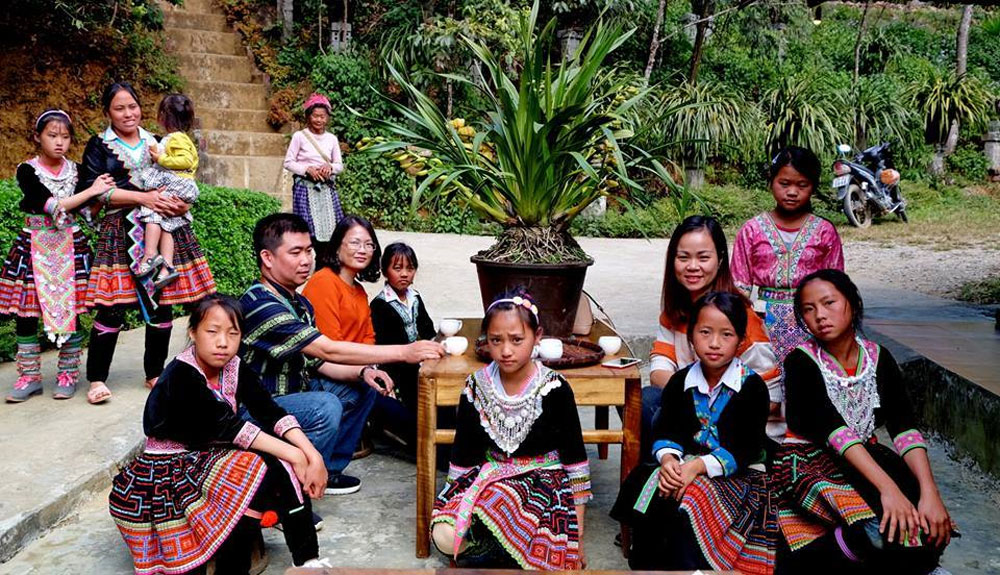
|
There is no sign of trash leading up to the village, with pots of yellow orchids seen everywhere. Unlike other villages, no buffaloes are allowed to roam at will.
The village has 123 households, with a population of 658 people, 10 of which take part in community-based tourism. With aid from local authorities, the village can cater to 100 guests, with prices ranging from VND70,000 ($3) to 100,000 per night.
Every year, Sin Suoi Ho welcomes 100,000 foreign and domestic visitors, local data shows. The idea of developing community-based tourism was initiated by village chief Vang A Chinh.
Favored by mild weather conditions, the village is a hub for yellow orchids in the northwestern region, which blooms mostly in spring time.
Tourists might also be attracted by H’mong people's traditional brocade knitting and enjoy experiences like rice harvesting and black cardamom planting.
Nam Dam Village
Home to 51 ethnic Dao households, Nam Dam is 45 km from Ha Giang Town in the eponymous northern province. It is located under Twin Mountains, a symbol of local tourism.
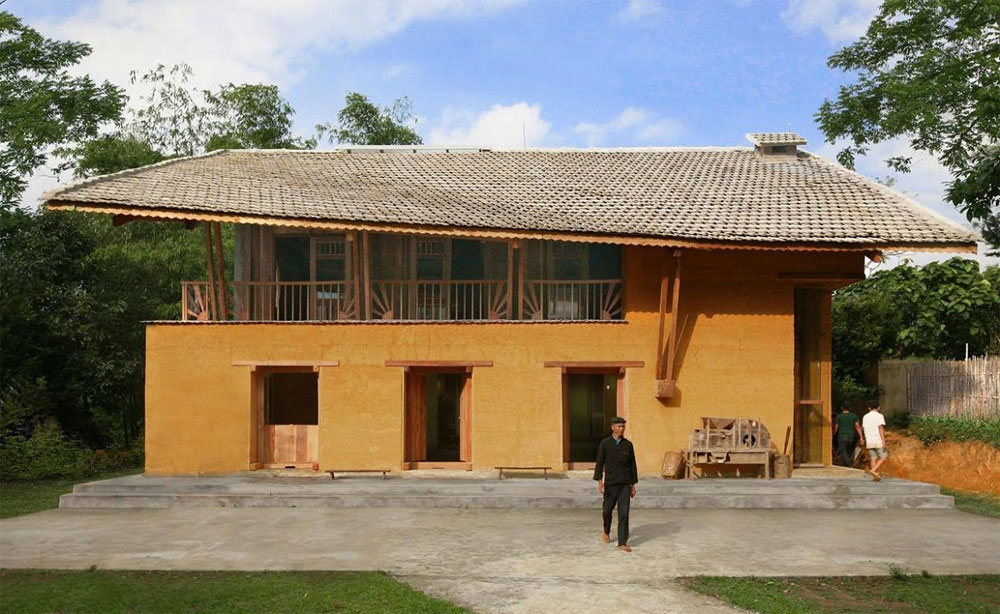
|
Nam Dam Village has been chosen by provincial authorities as a key destination for developing community-based tourism. Currently, most villagers take part in the homestay business. The village can welcome over 30 visitors a day, with prices ranging from VND80,000 – 100,000 per night.
The project of assisting the poor engage in tourism has been implemented by the charitable Swiss organization Caritas in Vietnam and PanNature, a Vietnamese NGO, since 2012.
Tourists to Nam Dam are invited to try its specialty men men, a kind of steamed corn starch.
Source: VnExpress
 Bắc Ninh
Bắc Ninh





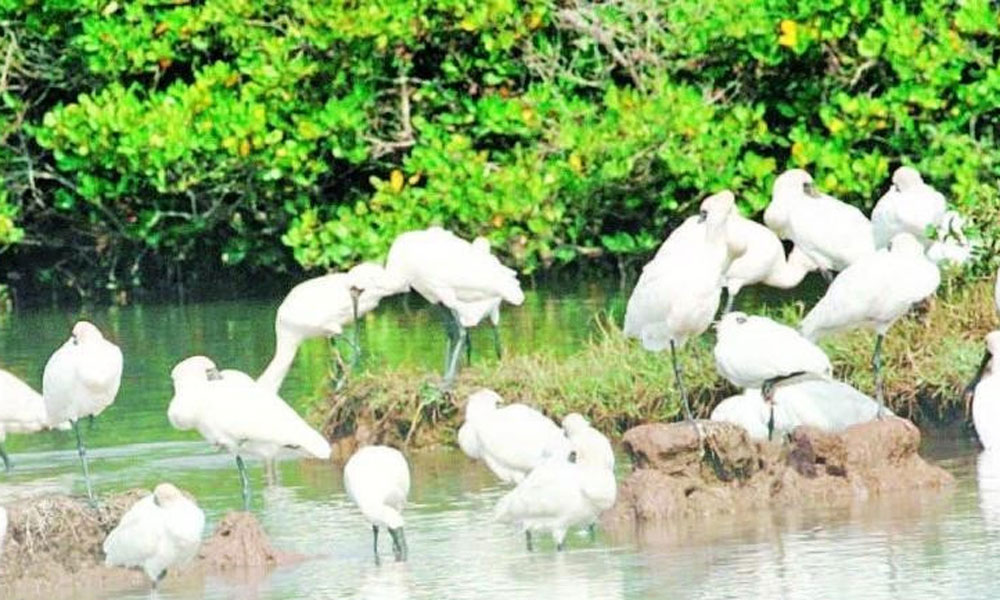




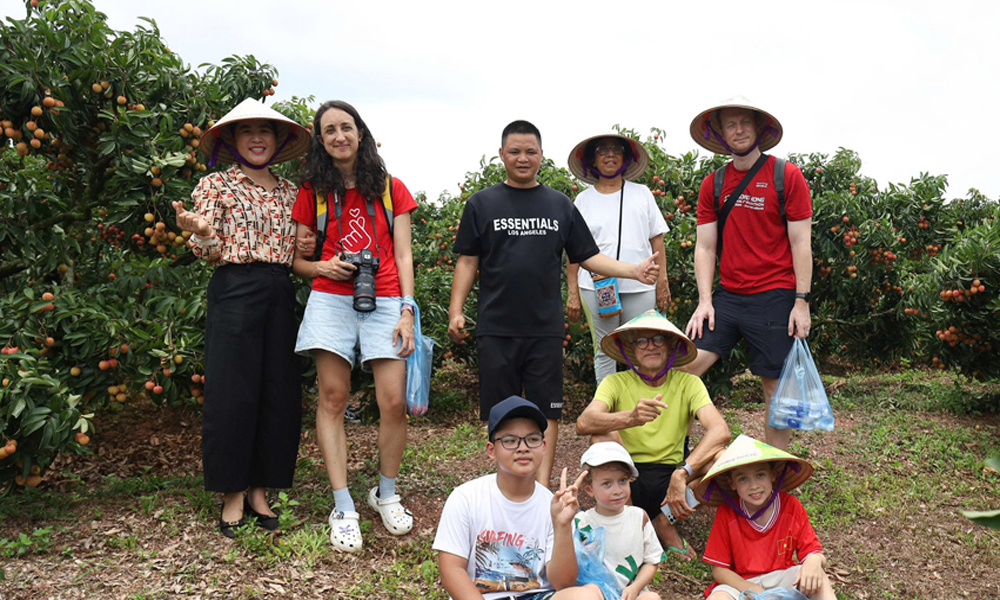

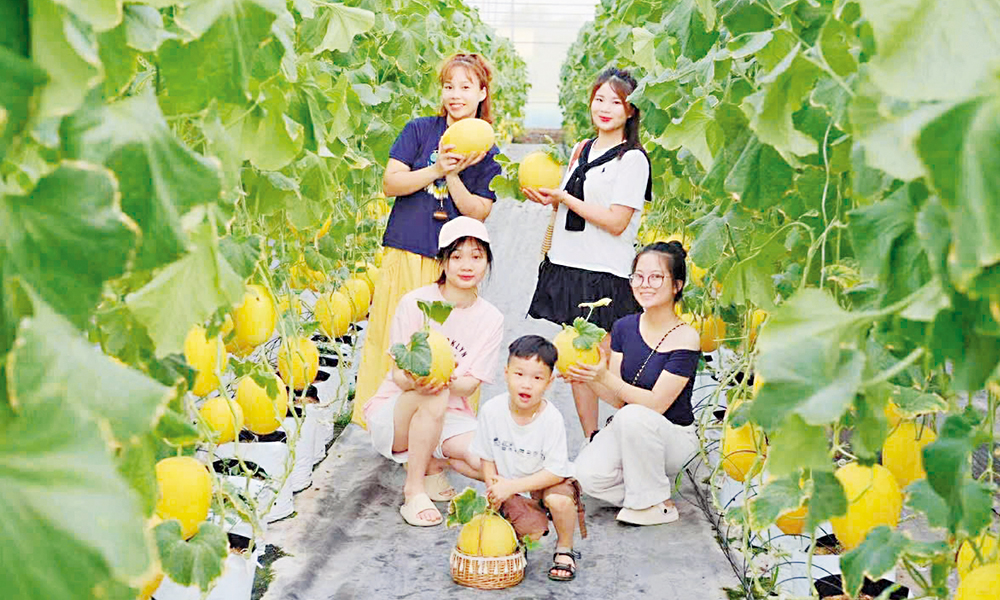
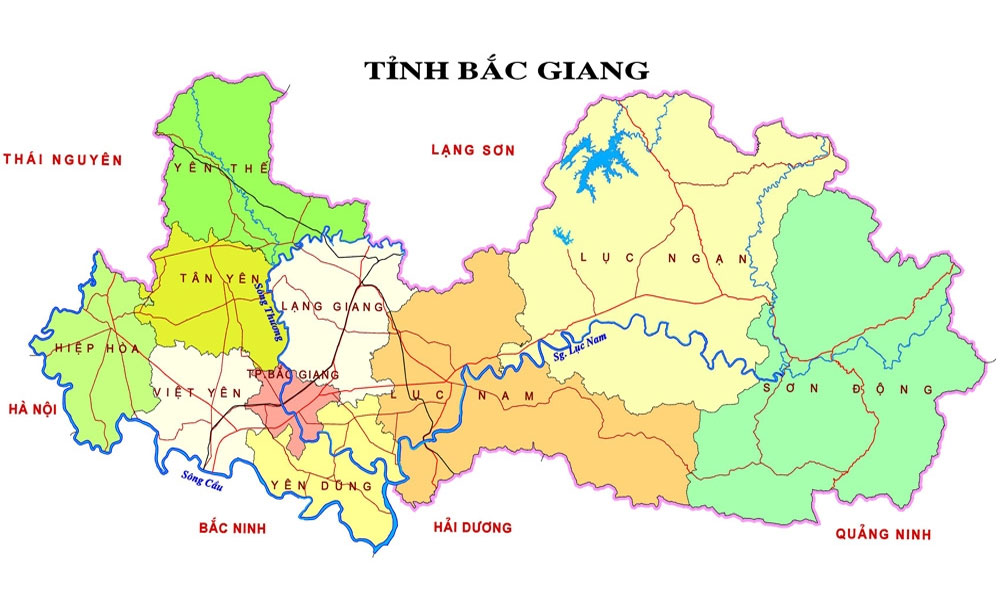

Reader's comments (0)